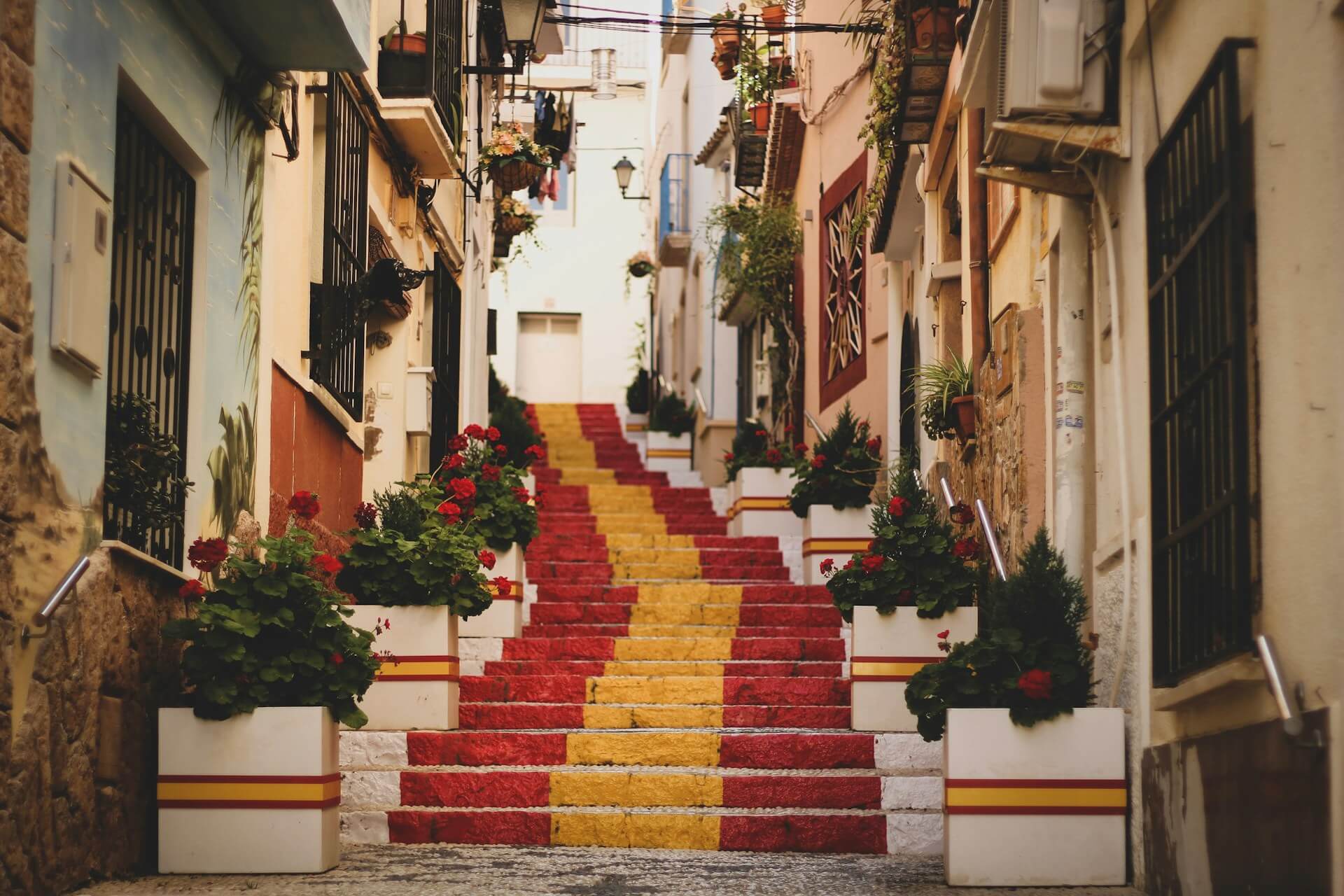Cultural Similarities Between India and Spain
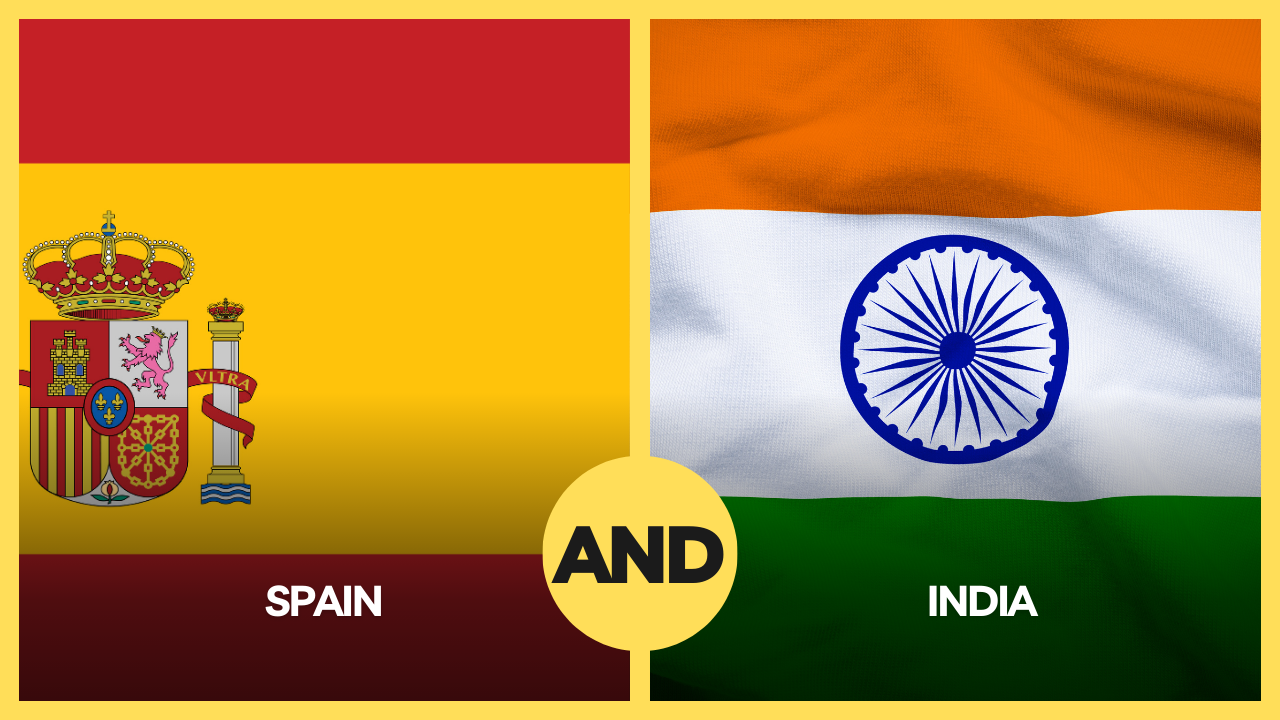
Picture this: you’re strolling down a bustling street, the air thick with the aroma of saffron and spices. Colourful fabrics flutter in shop windows, and the sound of rapid-fire conversation fills your ears. Are you in Mumbai or Madrid? Jaipur or Seville? The answer might surprise you because, believe it or not, it could be either.
You might be thinking, “Come on, India and Spain? They’re about as similar as a tikka masala and a paella!” But hold onto your sombreros and saris, folks, because we’re about to embark on a mind-bending journey through the unexpected cultural parallels between these two seemingly disparate nations.
The Spice Connection: A Tale of Two Cuisines
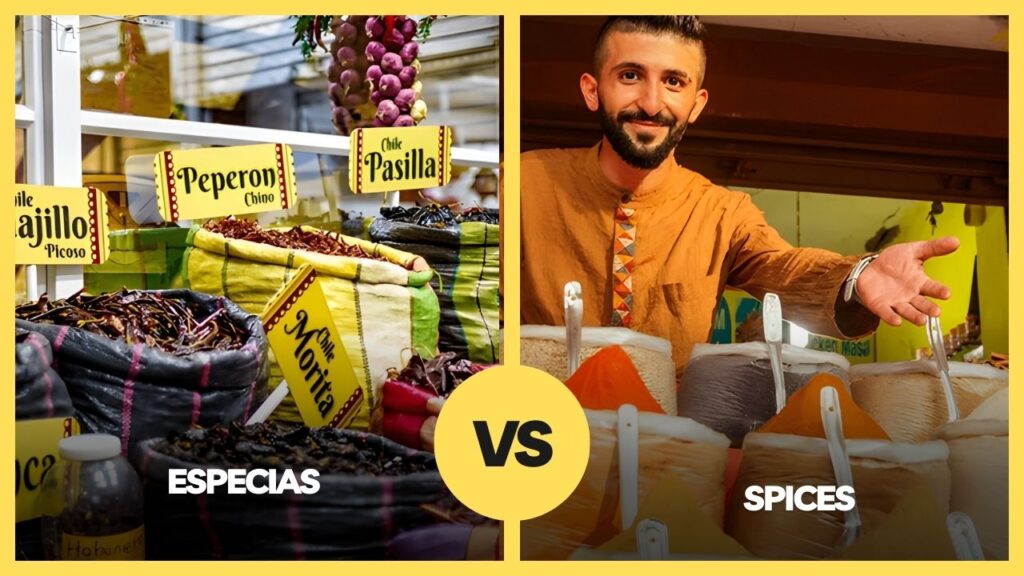
Let’s start with something we can all get behind: food. Both Indian and Spanish cuisines are renowned for their bold flavors and liberal use of spices. But here’s where it gets interesting: many of the spices that give Spanish dishes their kick actually originated in India.
Centuries ago, while European explorers were fumbling around trying to find India (looking at you, Columbus), Arab traders were already shuttling spices back and forth between these two lands. The result? A culinary cross-pollination that would make any foodie weak at the knees.
Take saffron, for instance. This prized spice, worth its weight in gold, is as crucial to a proper Spanish paella as it is to a rich Indian biryani. And it’s not just saffron. Cumin, coriander, and cinnamon all play starring roles in both cuisines. It’s like the spice rack decided to throw a multicultural party, and everyone was invited.
While both cuisines use saffron, its application differs. In Spain, it’s the star of paella, giving the rice its distinctive golden hue and subtle flavor. In India, it’s often used in biryani, lending a delicate aroma and taste to the dish. This comparison of saffron usage in paella and biryani showcases how the same spice can create distinctly different culinary experiences.
Let’s look at some other common spices in Indian and Spanish cuisine:
- Cumin (Comino in Spanish, Jeera in Hindi): Used in both cuisines to add warmth and earthiness to dishes.
- Coriander (Cilantro in Spanish, Dhania in Hindi): The leaves are used fresh in both cuisines, while the seeds are used as a spice.
- Cinnamon (Canela in Spanish, Dalchini in Hindi): Adds sweetness and warmth to both savory and sweet dishes in both cultures.
- Garlic (Ajo in Spanish, Lehsun in Hindi): A foundational flavor in both cuisines, used liberally in many dishes.
But here’s the kicker: despite using many of the same ingredients, Indian and Spanish foods taste distinctly different. It’s as if they’re long-lost siblings who were raised in different homes – same DNA, different accents.
Linguistic Ties: When Sanskrit Met Latin
Now, let’s talk language. You might think Hindi and Spanish have about as much in common as a peacock and a bull. But you’d be wrong. (Don’t worry, I was surprised too.)
Both Hindi and Spanish have their roots in the Indo-European language family. This means that if you trace their family trees back far enough, you’ll find they’re distant cousins. It’s like discovering your pen pal from across the world is actually your third cousin twice removed.
This shared ancestry has resulted in some surprisingly similar words. Here’s a quick reference of some fascinating similarities between Hindi and Spanish:
This table illustrates the fascinating linguistic connections between Hindi and Spanish, rooted in their shared Indo-European heritage. It’s enough to make you wonder if there was some ancient linguistic conspiracy going on!
But the similarities don’t stop at vocabulary. Both Hindi and Spanish share some grammatical structures that make language learning easier for speakers of either language:
| Hindi | Spanish | English |
| Mata | Madre | Mother |
| Naam | Nombre | Name |
| Tu | Tu | You |
| Naya | Nuevo | New |
| Agni | Fuego | Fire |
| Das | Diez | Ten |
Gendered nouns: Both languages assign gender to nouns, even inanimate objects.
Similar verb conjugations: While not identical, both languages change verb forms based on the subject and tense.
Phonetic nature: Both languages are largely pronounced as they are written, making reading easier once you know the rules.
These common features in Hindi and Spanish make it easier for speakers of one language to pick up the other, creating an unexpected bridge between these two cultures.
Family Values: Where Abuela Meets Dadi
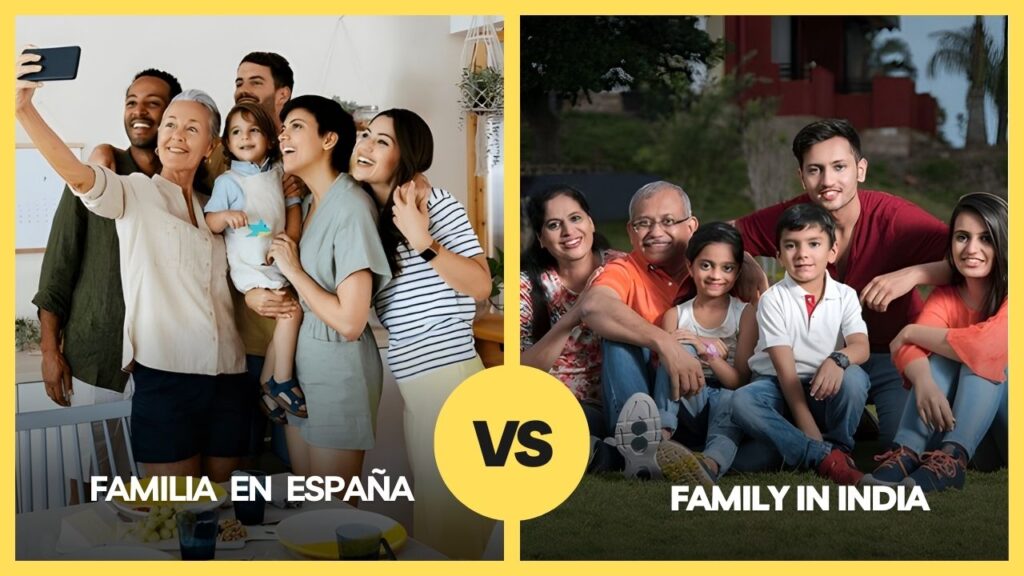
If there’s one thing that Indians and Spaniards can agree on, it’s the importance of family. In both cultures, family isn’t just important; it’s the cornerstone of society, the sun around which all other aspects of life orbit.
In both India and Spain, it’s common for multiple generations to live under one roof. Grandparents aren’t shipped off to retirement homes; they’re right there in the thick of things, dispensing wisdom, spoiling grandchildren, and probably sneaking them sweets when the parents aren’t looking.
In both cultures, grandparents play a crucial role in family life. The Spanish ‘abuela’ and the Indian ‘dadi’ (paternal grandmother) or ‘nani’ (maternal grandmother) are often the heart of the family, keepers of traditions, and primary caregivers when parents are working. This multigenerational living arrangement in India and Spain fosters strong family bonds and ensures the passing down of cultural values.
Respect for elders is paramount in both cultures. You’re more likely to see a dog riding a bicycle than hear a young person addressing an elder by their first name in either country. It’s all about the honorifics, baby. In Spain, it’s common to use “usted” as a formal “you” when addressing elders, while in India, terms like “aap” serve a similar purpose.
And let’s not forget about those epic family gatherings. Whether it’s a Spanish sobremesa (the practice of lingering at the table after a meal) or an Indian family dinner, these cultures know how to turn a simple meal into a hours-long event filled with laughter, gossip, and probably a few family arguments. Because let’s face it, it’s not a real family gathering unless someone storms off in a huff at least once.
These family gathering traditions in India and Spain serve multiple purposes:
- Strengthening family bonds
- Passing down cultural traditions
- Providing a support network
- Celebrating life’s milestones together
So whether you’re calling her abuela or dadi, the message is clear: family is at the heart of both Indian and Spanish cultures.
Festivals and Celebrations: Colour Me Impressed

If there’s one thing Indians and Spaniards know how to do, it’s throw a party. Both cultures boast a calendar chock-full of festivals that would make even the most dedicated party animal’s head spin.
In India, you’ve got Holi, the festival of colours, where people douse each other in vibrant powders and water. Meanwhile, the festival of Spain includes a similar, La Tomatina, where people pelt each other with overripe tomatoes. Different produce, same chaotic energy.
Both festivals bring communities together, allow people to let loose, and create unforgettable memories. They’re perfect examples of how both cultures value collective joy and celebration.
Then there’s Diwali in India and Feria in Spain. Both involve enough lights to be seen from space, enough food to feed a small army, and enough music and dancing to keep you going until the wee hours of the morning.
But it’s not just about the big, flashy festivals. Both cultures have a knack for turning everyday life into a celebration. In Spain, you’ve got the evening paseo, where people take a leisurely stroll through town, socialising and enjoying the cooler evening air. In India, you’ve got the tradition of evening gup-shup (chitchat) in local parks or markets. Different names, same community spirit. These daily rituals highlight how both cultures prioritize social connections and community engagement in their day-to-day lives.
Art and Architecture: A Tale of Two Taj Mahals
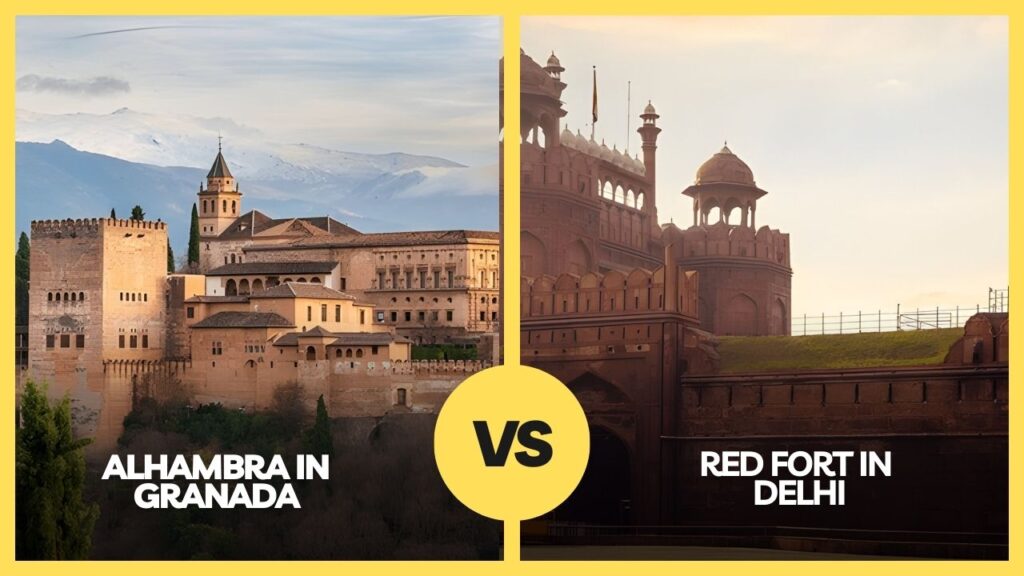
Okay, so Spain doesn’t have an actual Taj Mahal. But hear me out. The influence of Moorish architecture in Spain bears a striking resemblance to Mughal architecture in India. It’s like they’re architectural cousins, separated by a few thousand kilometres.
Take the Alhambra in Granada and the Red Fort in Delhi. Both feature intricate geometric patterns, ornate arches, and serene water features. You could almost imagine them as two sides of the same coin, each reflecting the unique cultural blend of its location.
The use of intricate geometric patterns is a hallmark of both Moorish and Mughal architecture. In the Alhambra, you’ll find mesmerizing tessellations adorning walls and ceilings, while similar patterns grace the walls of the Red Fort. These geometric designs, often based on complex mathematical principles, reflect the Islamic influence on both Spanish and Indian architecture.
Let’s break down some common elements in Moorish and Mughal architecture:
- Geometric Patterns: Both styles use complex, repeating geometric designs.
- Arches: Horseshoe arches are common in Moorish architecture, while Mughal architecture favors the pointed arch.
- Water Features: Both incorporate fountains and reflective pools, symbolizing paradise.
- Courtyards: Central open-air courtyards are a key feature in both styles.
- Domes: While more prominent in Mughal architecture, domes are present in both styles.
These similarities in Moorish and Mughal architecture aren’t coincidental. Both were influenced by Islamic art and architecture, which spread across vast regions through trade and conquest.
And it’s not just the buildings. The art of both countries shares a love for vibrant colours, intricate patterns, and storytelling through visual means. Whether it’s a Spanish tapestry or an Indian miniature painting, you’re bound to find yourself lost in the details, each one telling a story of its own.
The Siesta Culture: Nap Time for Grown-ups
Here’s something that might make you want to pack your bags and move to either country: both India and Spain have traditionally embraced the concept of an afternoon rest.
In Spain, it’s the famous siesta. In India, it’s the less famous but equally beloved dopahar ki neend. Both involve shutting shop for a few hours in the afternoon, usually after lunch, to escape the heat and recharge for the evening ahead.
Now, before you start planning your midday naps, I should mention that this tradition is facing challenges in both countries as they adapt to global business hours. But the spirit of taking life at a slower pace, of savouring moments rather than rushing through them, remains ingrained in both cultures.
Sports Fever: Cricket, Football, and Fanaticism
If you want to see passion in its purest form, watch an Indian cricket match or a Spanish football game. The fervor, the excitement, the sheer emotional investment – it’s enough to make you wonder if these aren’t sports at all, but highly elaborate religious rituals.
The fervor of sports fans in both countries goes beyond mere entertainment. In Spain, football club allegiances can be a significant part of one’s identity, often passed down through generations. Similarly in India, support for cricket teams, especially during India-Pakistan matches, can be a matter of national pride. This deep-rooted sports fanaticism in Indian and Spanish cultures often serves as a unifying force, bringing people together across social and economic divides.
In both countries, sports are more than just games – they’re a way of life. Players aren’t just athletes; they’re demigods. And fans? Well, fans are the lifeblood that keeps the whole system pumping.
The impact of sports on Indian and Spanish society goes beyond entertainment:
- National Unity: Both cricket and football serve as unifying forces
- Economic Impact: Both sports generate significant revenue and employment
- Cultural Export: These sports serve as cultural ambassadors globally
- Social Mobility: Success in these sports can be a path out of poverty
The parallels are uncanny. Swap out cricket bats for footballs, and you’d be hard-pressed to tell the difference between the roar of a crowd in Mumbai’s Wankhede Stadium and Madrid’s Santiago Bernabéu.
From “Namaste” to “Hola”: Why Hindi Speakers Have a Head Start in Spanish
Here’s a bombshell for you: if you’re a Hindi speaker, you’re already halfway to ordering tapas in perfect Spanish. Okay, maybe not halfway, but you’ve definitely got a head start. And if you’re not a Hindi speaker? Well, why not kill two birds with one stone and learn both?
Remember those linguistic ties we talked about earlier? They’re not just fun facts to pull out at parties (although they’re great for that too). They’re your secret weapon in language learning. Those common roots mean that many concepts will feel familiar, even if the words themselves are different.
But it’s not just about the words. Both Hindi and Spanish share some grammatical structures that will make your language learning journey smoother than a well-made sangria. For instance, both languages have gendered nouns and similar rules for adjective agreement. It’s like the linguistic gods decided to throw Hindi speakers a bone when it comes to learning Spanish.
Here are some grammatical similarities between Hindi and Spanish:
- Gendered Nouns: Both languages assign gender to all nouns
- Adjective Agreement: Adjectives change form to match the noun they’re describing
- Formal/Informal Address: Both have different forms of “you” for formal and informal situations
- Similar Sentence Structure: Both often use a Subject-Object-Verb order
- Phonetic Nature: Both are largely pronounced as they’re written
And let’s not forget about the cultural similarities we’ve explored. Understanding a language is about more than just vocabulary and grammar – it’s about grasping the cultural context. And as we’ve seen, Hindi speakers already have a leg up in understanding many aspects of Spanish culture.
So, whether you’re a Hindi speaker looking to add another language to your repertoire, or someone who’s always been curious about both cultures, why wait? The worlds of flamenco and Bollywood, of tapas and thalis, of “gracias” and “धन्यवाद” (dhanyavaad) are waiting for you.
Remember, every new language you learn is another window into a new world. And in this case, you might just find that the view looks surprisingly familiar.
¿Estás listo? तैयार हो? (Ready?) Let’s dive in!
A Spanish Conversation About Similarities
And now, as promised, a little dialogue in Spanish to illustrate some of these similarities:
María: ¿Sabes qué? Acabo de volver de un viaje a la India y me sorprendió lo mucho que me recordó a España.
Juan: ¿En serio? Pero si son países tan diferentes…
María: Eso pensaba yo, pero fíjate: la importancia de la familia, la siesta, la pasión por el deporte, incluso algunas palabras similares.
Juan: Vaya, nunca lo hubiera imaginado. ¿Y la comida?
María: ¡Igual de especiada y deliciosa! Claro que de formas distintas, pero el amor por los sabores intensos es el mismo.
Juan: Quién lo diría… Parece que tenemos más en común de lo que pensábamos.
María: Exacto. Al final, las diferencias culturales no son tan grandes como creemos.
(Translation:
María: You know what? I just got back from a trip to India and I was surprised by how much it reminded me of Spain.
Juan: Really? But they’re such different countries…
María: That’s what I thought, but look: the importance of family, the siesta, the passion for sports, even some similar words.
Juan: Wow, I never would have imagined. And the food?
María: Equally spicy and delicious! In different ways, of course, but the love for intense flavours is the same.
Juan: Who would have thought… It seems we have more in common than we thought.
María: Exactly. In the end, cultural differences aren’t as big as we believe.)
Conclusion: More Alike Than Different
So there you have it, folks. From the spices in our food to the words on our tongues, from our family-centric values to our sports-crazed fans, India and Spain share more than meets the eye.
Does this mean these two cultures are identical? Of course not. Each has its unique flavour, its own special sauce that makes it distinctly Indian or undeniably Spanish. But these similarities serve as a reminder that beneath our surface differences, we’re all human, all seeking connection, all trying to find meaning and joy in our lives.
The next time you’re tempted to think of a culture as “foreign” or “exotic,” remember this unlikely pair. Remember that even between India and Spain – countries separated by thousands of kilometres and seemingly divergent histories – we can find threads of commonality.
In our increasingly globalised world, recognising these connections is more important than ever. It’s a reminder that despite our differences, we’re all part of the same human tapestry, each thread connecting to countless others in ways we might not even realise.
So whether you’re sipping chai in Jaipur or sangria in Seville, take a moment to appreciate the beautiful, surprising ways our world is interconnected. Who knows? You might just find a piece of home in the most unexpected places.
References
1. Collingham, L. (2006). Curry: A Tale of Cooks and Conquerors. Oxford University Press.
2. Kachru, Y. (2008). Hindi. John Benjamins Publishing.
3. Carro Fernández, S. (2015). Estudio comparativo de la familia en la cultura India y Española. Universidad de Valladolid.
4. Roy, O. (2007). Globalized Islam: The Search for a New Ummah. Columbia University Press.
5. Grabar, O. (1978). The Alhambra. Harvard University Press.
6. Koch, E. (2001). Mughal Architecture: An Outline of Its History and Development (1526-1858). Prestel.
7. Murado, M. A. (2013). La invención del pasado: Verdad y ficción en la historia de España. Debate.
8. Guha, R. (2007). India After Gandhi: The History of the World’s Largest Democracy. HarperCollins.
Share
Topics
You may also like

Spanish Learning Techniques: Why Memorization Fails (And What Actually Works)



Subscribe to Audaz and Start Shaping the Future with Courageous Stories.
